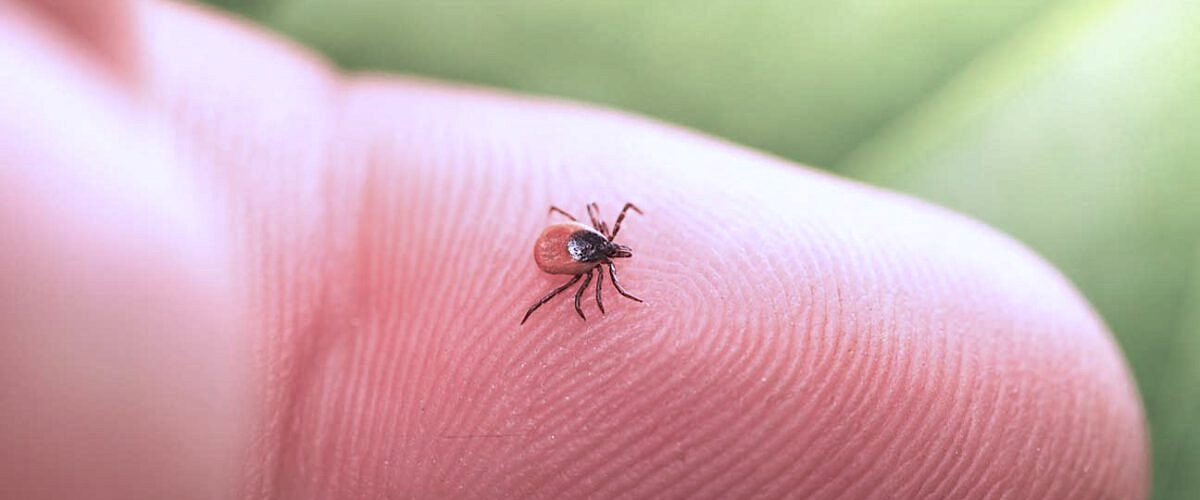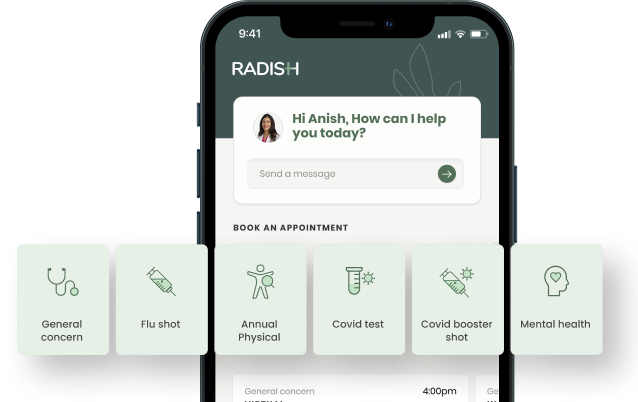Did You Check for Ticks?

Jason Sellers, MD
As summer approaches, spending time outdoors becomes more common, especially in the northeast. However, it’s crucial to be mindful of the risk of Lyme disease and check for ticks after enjoying outdoor activities. Read more to learn about what to do if you’ve been exposed!

What is Lyme disease?
Lyme disease is a bacterial infection that is transmitted by infected ticks. It can be common for ticks to latch onto your clothes or skin when walking through brush, tall grass, or the woods. If a tick bites you and becomes attached for a long period of time, you can become infected.
What to do if you find a tick on yourself
There are only certain types of ticks that transmit Lyme disease, so if you have any doubt, snap a photo and send it to your Radish doctor. If you find a tick that you think may have been latched on for an extended period of time (more than 24 hours), you may qualify for treatment with a single dose of antibiotics to prevent developing Lyme disease.
What to do if you think you’ve been exposed to Lyme disease
Lyme disease usually starts with a classic “bulls-eye” rash at the bite. Other symptoms can include fatigue, joint pain, headaches, and swollen lymph nodes, and sometimes these may take weeks to develop. If left untreated, Lyme can cause more serious symptoms such as joint swelling, muscle pain, heart issues, and neurological symptoms.
If you think you may have been exposed to Lyme, you can get blood testing to confirm. Blood tests measure your immune response to the bacteria that causes Lyme disease, so in case your immune response is low the first few weeks after exposure, your doctor may have you get multiple tests several weeks apart to confirm the results.
Prevention is key in avoiding tick bites
There are many steps you can take to help avoid getting bitten by ticks and reduce your risk of getting Lyme disease.
- When hiking or spending time outside in nature, cover your arms and legs, and tuck pants into high socks.
- Use insect repellent containing DEET on exposed skin and sprays containing permethrin on your clothes and gear.
- Avoid walking in tall grass and brush where ticks are more likely to be found and grab onto you.
- Check your skin, scalp, clothes, and gear systematically after outside activities. Shower within 2 hours and put clothes in the dryer for 5 minutes to kill hidden ticks.
- If you find a tick, remove it immediately using a pair of tweezers close to the skin and ensure that all mouth parts are removed. Wash the area with soap and water and if you have any questions or concerns about next steps, chat with your Radish Care Team.
- Don’t forget to check your pets too, as they are also at risk to get Lyme disease!
Enjoy your summer and stay alert
Understanding Lyme disease and taking necessary precautions will help ensure your safety while enjoying the outdoors. Remember, not all ticks carry Lyme disease, but it’s important to monitor for symptoms if you’ve been bitten and reach out to your Radish doctor if you have any questions or concerns. Stay cool!
Request a Free Demo
Learn how Radish Health can help you improve employee health and save on healthcare.
Request a Demo